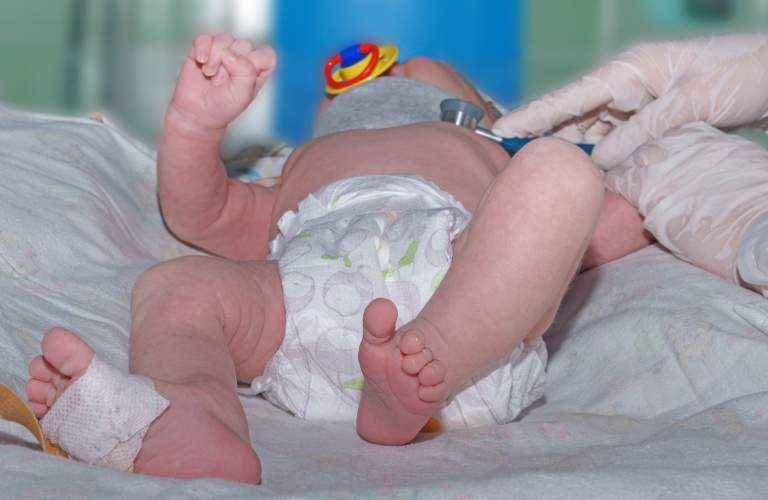Birth injuries are devastating, no matter what they are. But the more severe those injuries are, the more heart wrenching the experience can be. Unfortunately, injuries like Erb’s palsy can result in life-long challenges for your child. Though a Pennsylvania birth injury attorney can help you explore your legal options, it’s helpful to have a general understanding of this condition. Let’s take a closer look.
What Is Erb’s Palsy?
Erb’s palsy, also known as brachial plexus palsy, causes a paralysis of the arm. This condition results from nerve injuries to the brachial plexus, which is a network of nerves that runs from the spinal cord in the neck down to the arm and hand. These nerves control the shoulder, arm, wrist, and hand muscles and also control sensation.
When the nerves are stretched, compressed, or torn during birth, it can cause your child to experience weakness in that arm as they grow, loss of motion, and in some cases, complete paralysis of the shoulder, arm, and hand.
The severity of Erb’s palsy varies from child to child. In some cases, the condition resolves in a few months. In others, it can be permanent and cause mobility challenges, accessibility challenges, and other difficulties that make it hard for your child to live the life you imagined for them.
What Causes Erb’s Palsy?
Erb’s palsy typically occurs during difficult vaginal deliveries and is somewhat common when the baby’s shoulder gets stuck behind the mother’s pelvic bone. The maneuvers required to deliver the child can cause strain on the brachial nerves, leading to Erb’s palsy.
Some factors that can increase your child’s risk of Erb’s palsy include:
- Large birth weight (macrosomia): Larger babies are more likely to experience shoulder dystocia.
- Breech presentation: When the baby is positioned feet-first, the delivery process can be more complicated.
- Prolonged labor: A longer labor can increase the likelihood of complications requiring interventions that might lead to nerve injury.
- Vacuum extraction or forceps delivery: While these tools can be necessary in certain situations, their improper use can potentially contribute to brachial plexus injuries.
- Gestational diabetes: Diabetes during pregnancy can lead to larger babies, increasing the risk of shoulder dystocia.
While some cases of Erb’s palsy are unavoidable despite the best medical care, others may result from negligence or errors during the delivery process.
Common Treatments Available
The treatment approach for Erb’s palsy depends on the severity of the nerve injury. In many mild cases, the nerves may heal spontaneously within a few months with conservative management. Common treatments include:

- Physical therapy: Gentle exercises and stretches can help your child maintain or improve their range of motion, prevent stiffness, and strengthen the affected arm as the nerves recover.
- Occupational therapy: Occupational therapists help children develop adaptive strategies for daily activities and improve fine motor skills.
- Surgery: If the nerves don’t heal on their own, your child may need surgery to repair the nerves and improve their chances of recovering.
- Regular monitoring: Doctors will closely monitor the child’s progress to assess nerve function and recovery.
Your child’s doctor will discuss the treatment options with you since each treatment plan is tailored to the needs of the child.
Legal Options if Your Child Is Diagnosed
While some cases of Erb’s palsy are seemingly unavoidable, others can result from medical negligence during labor and delivery. If your child developed Erb’s palsy as a result of medical negligence and the injury resulted in catastrophic and permanent disability, you may be able to file a lawsuit against the medical care team involved.
Schedule a Consultation Today
If your child has been diagnosed with Erb’s palsy after their birth and you expect them to deal with lifelong challenges due to a lack of mobility or paralysis, consult a Pennsylvania birth injury attorney as soon as possible. Contact us today to schedule a free consultation.

